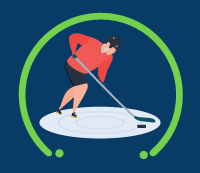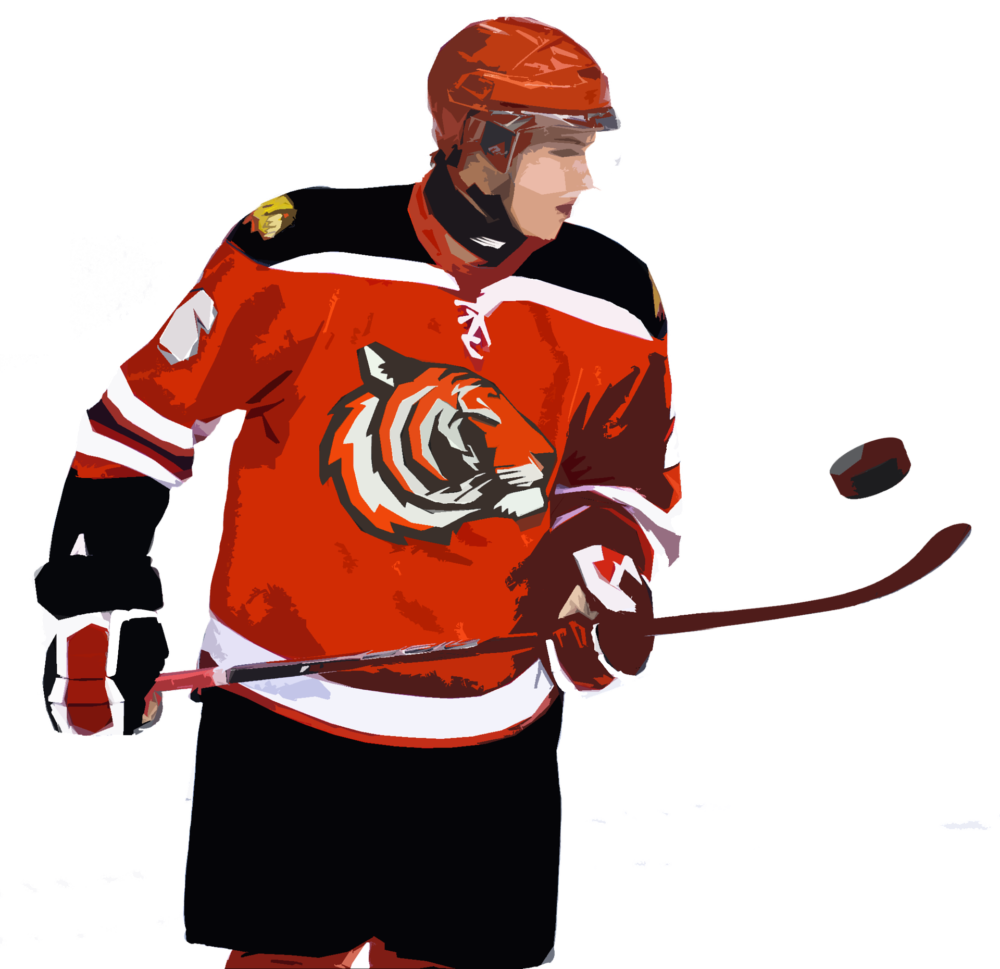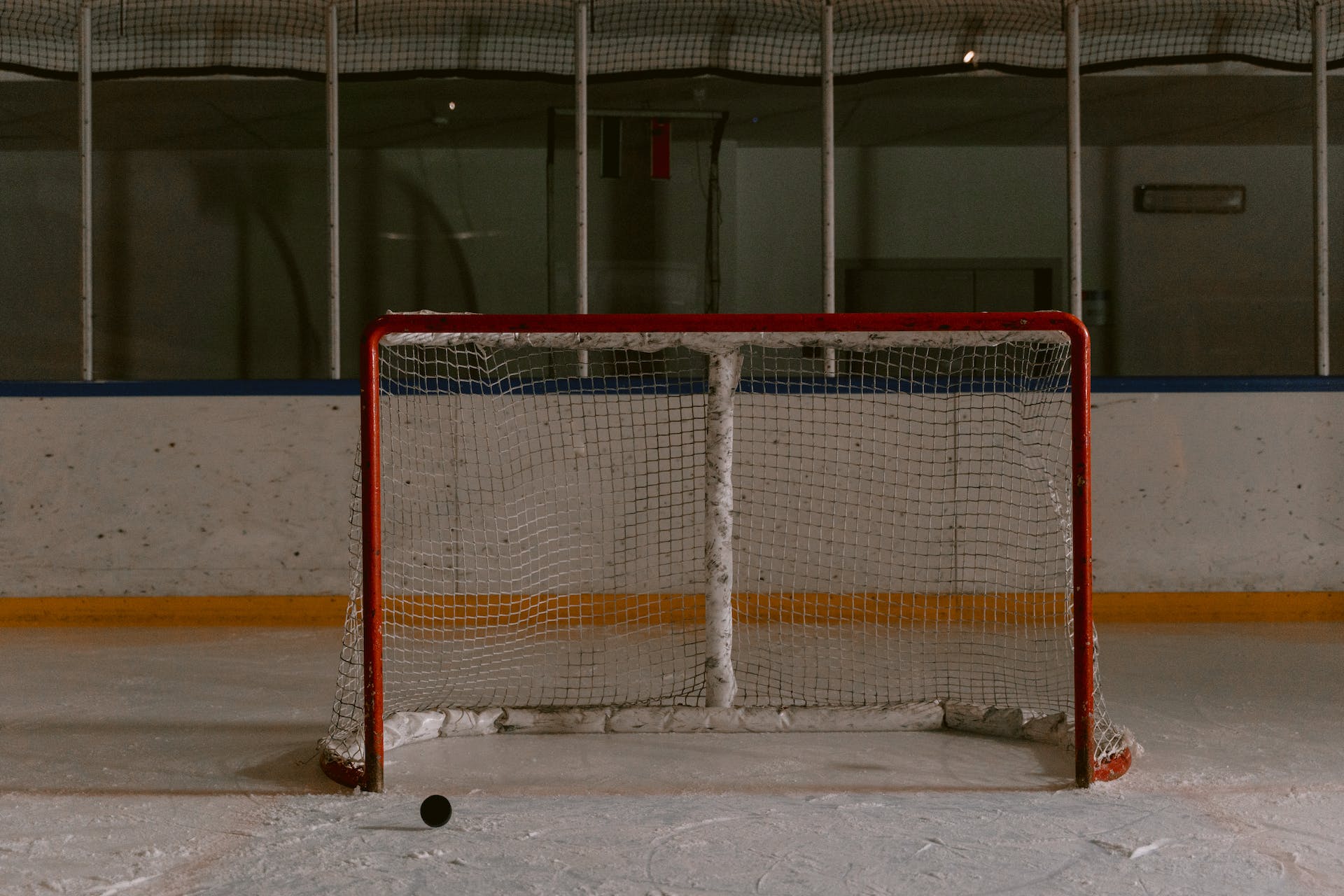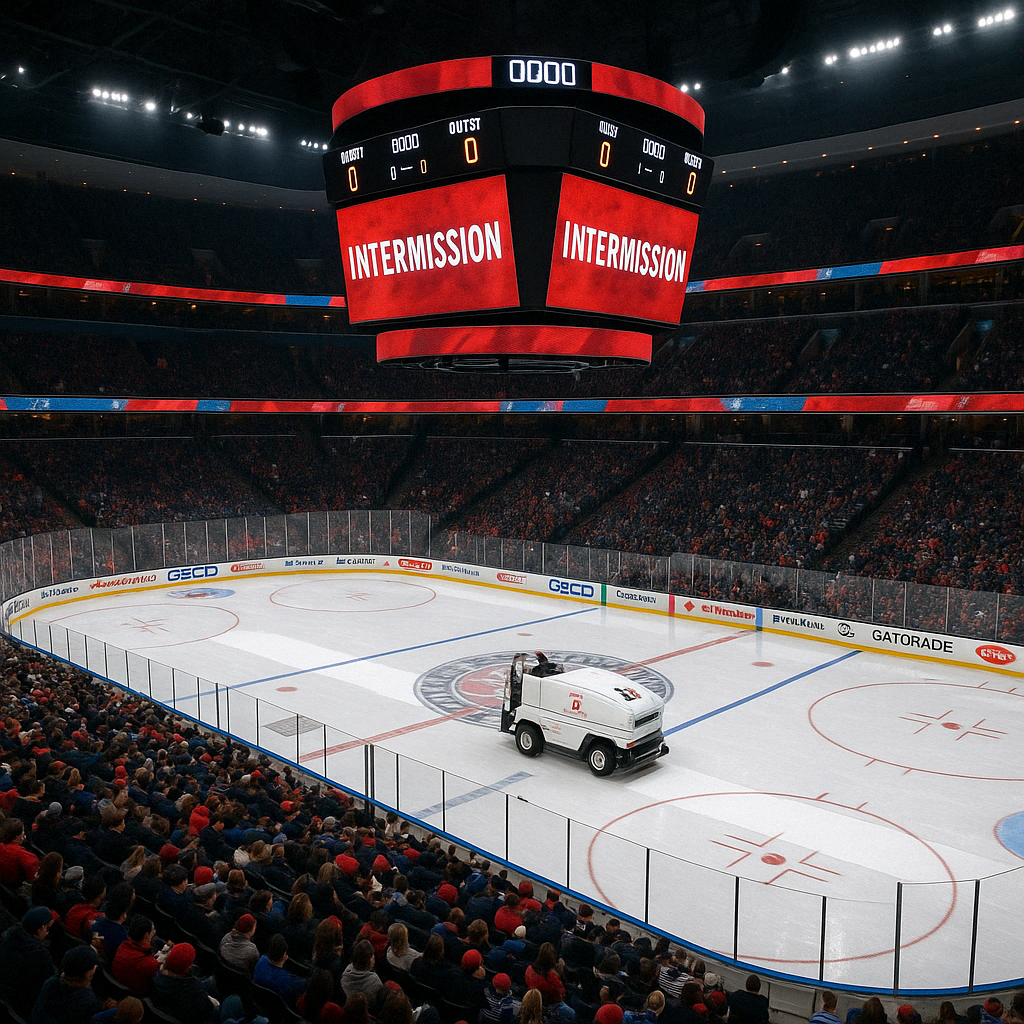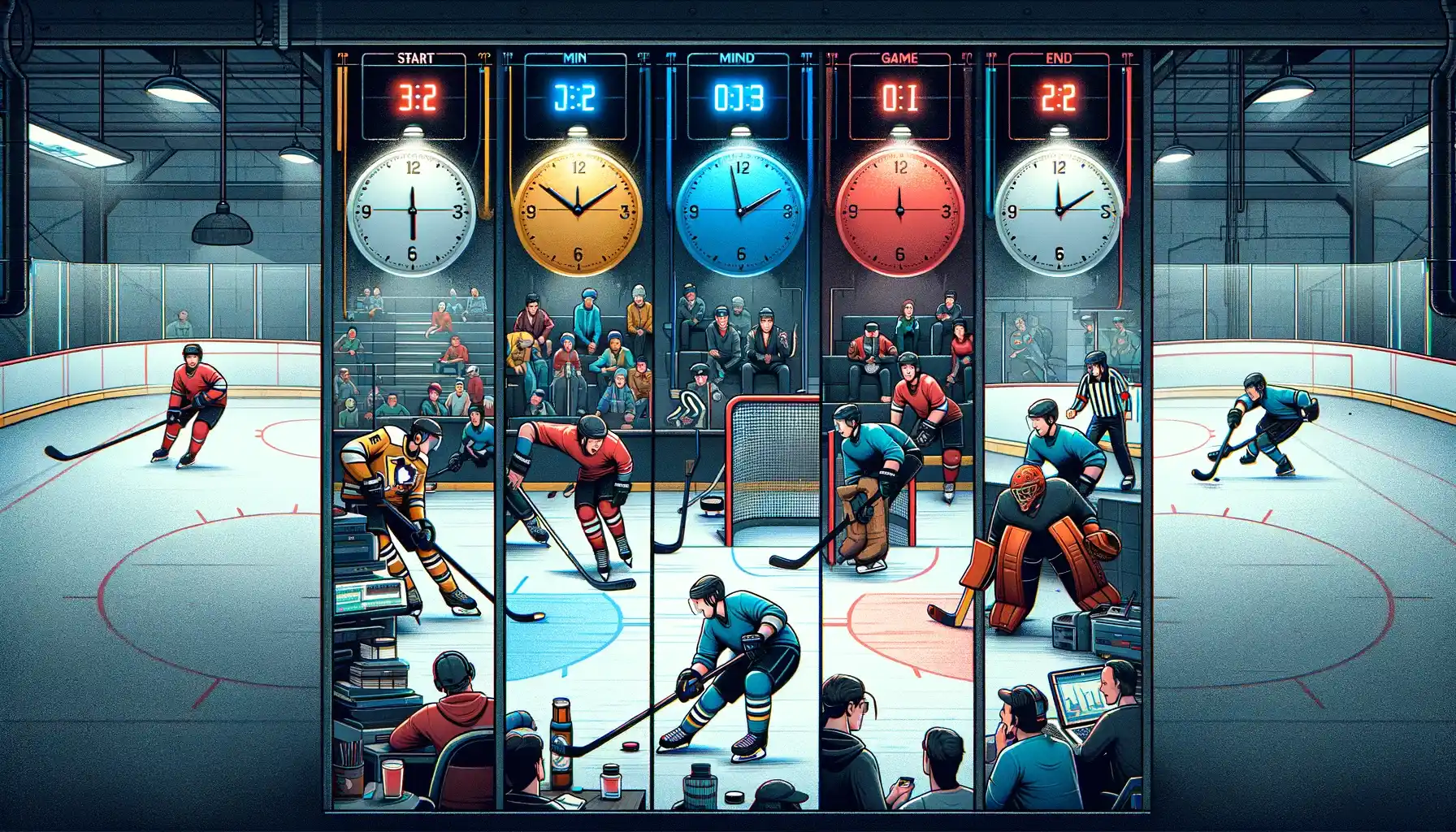If you’ve ever taken a draw in a key moment, down a goal with a minute left, you know the pressure packed into a faceoff. It’s not just about tapping the puck back. It’s leverage. It’s preparation. And it can tilt an entire period. I’ve trained for faceoffs in junior camps, watched tape of Crosby and Bergeron, and tested out how my stick curve, lie, and even tape job affected draw results. That’s what we’re unpacking here.
Faceoffs aren’t just procedural—they’re strategic resets that give a team a chance to swing control. In 2025, they’re more analytical and positionally complex than ever.
TL;DR
- Faceoffs aren’t just about reaction speed—they’re tactical moments that determine control, pace, and momentum throughout the game.
- In 2025, Bo Horvat topped international play with a 91.67% win rate; Crosby led the NHL in faceoff wins, proving the continued impact of elite specialists.
- Winning draws relies on grip variation, footwork, stick curve optimization, reading linesman habits, and executing post-drop set plays.
- Rule differences matter: NHL visiting players go stick-down first, while IIHF follows a defending-player-first protocol.
- Top teams script post-faceoff plays—offensive draws often lead directly to shot attempts within 10 seconds if executed cleanly.
- Faceoffs impact fatigue, zone exits, and special teams. A lost defensive zone draw after an icing can lead to extended shifts and goals against.
- Modern training includes VR-based drop timing, edge-of-legal techniques, grip-specific drills, and detailed scouting of opposing centers.
- The best centers log not just win percentage but quality outcomes—tracking clean wins, puck placement, and next-touch possession.
Faceoffs have come a long way since they were first introduced in the early 1900s as a basic restart mechanic. Over the decades, stricter enforcement, rule variations by league, and an explosion in set plays have turned them into structured battles. From stick-down order rules to full set-play systems like the Circle Attack or Wheel Reverse, teams today treat faceoffs as specialized tactical events.
Faceoff Rules in 2025: NHL, IIHF, and More
The faceoff process is tightly regulated by the rulebooks. In the NHL, the visiting center must place their stick down first. Internationally, under IIHF rules, the defending player puts their stick down first, even if they’re the home team. This small detail shifts the advantage depending on which side of the ice you’re playing.
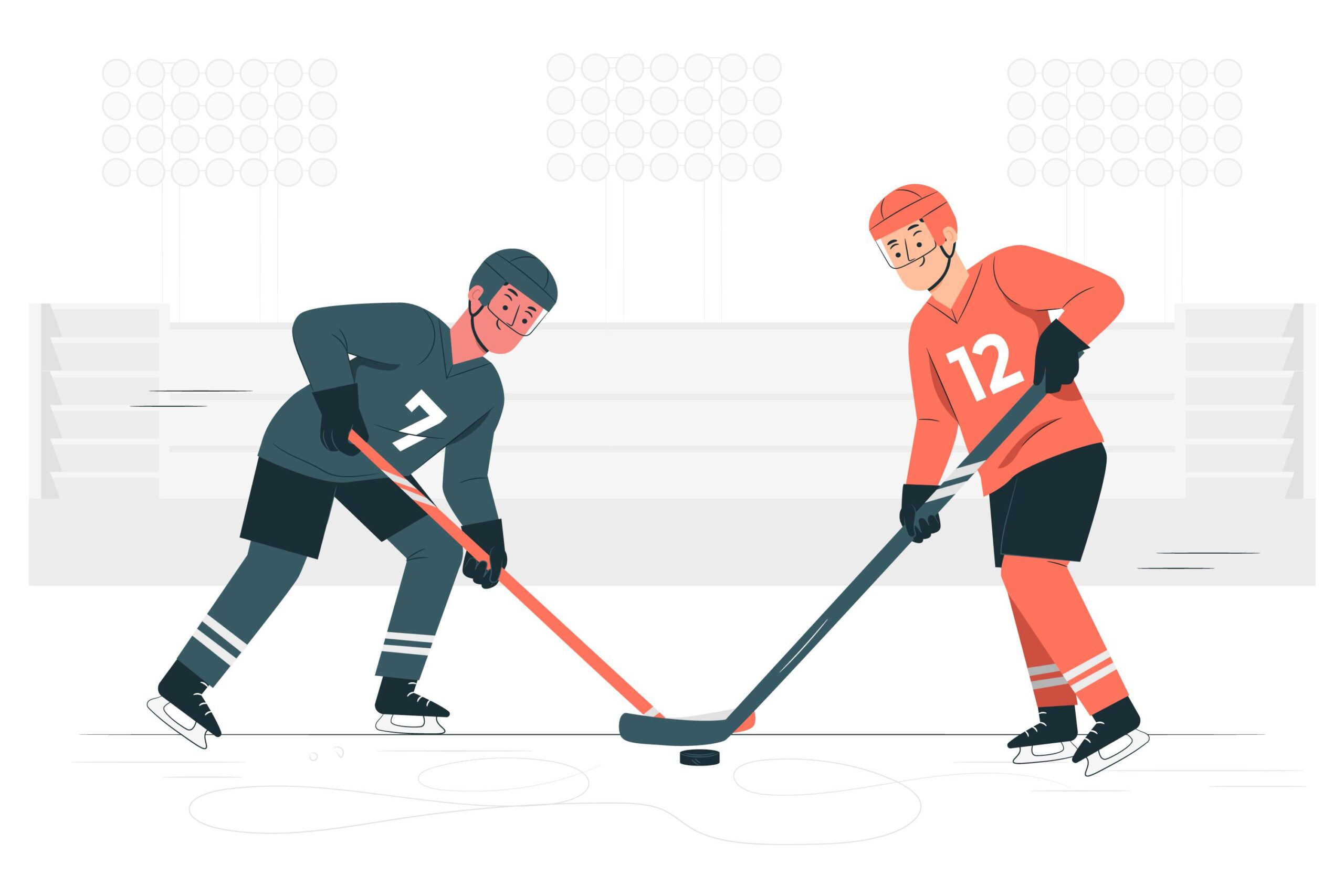
Here are the core faceoff rules all players must follow:
- Centers must square up and have their stick on the ice before the puck is dropped.
- All players, except the two centers, must remain outside the faceoff circle and onside.
- Encroachment, early movement, or false starts result in a faceoff violation.
- If a violation occurs, that center is ejected from the dot and replaced by a teammate.
Linesmen have wide discretion. Some drop the puck faster than others, and top players learn to read tendencies—whether it’s a high drop, subtle lean, or even hand twitch before release.
Faceoff drops are retaken if:
- A puck drop is deemed unfair (e.g. unbalanced stance, mistimed movement).
- A puck hits a referee or broken stick before touching ice.
- There’s an equipment issue or delay caused by an official.
These details matter. A few extra inches or half-seconds at the dot can mean the difference between a clean win and a chaotic puck battle. Ready to dig into grip techniques, footwork, and play setups next?
| Rule | Description |
|---|---|
| Location | Specifies where the faceoff takes place on the playing surface, typically at designated spots called faceoff dots. |
| Positions | Determines the positioning of players from each team participating in the faceoff. |
| Puck Drop | The method used to put the puck (or ball) into play, such as dropping it between the sticks of the facing players. |
| Stick Placement | Determines how the sticks of the players participating in the faceoff should be positioned. |
| Faceoff Violations | Describes actions that can result in a faceoff violation, such as encroachment or false starts. |
| Winning the Faceoff | Outlines the criteria for determining which team wins the faceoff and gains control of the puck or ball. |
| Faceoff Variations | Explains any variations or specific rules regarding faceoffs, such as power-play or penalty kill faceoffs. |
| Retaking Faceoffs | Specifies circumstances where a faceoff may need to be retaken, such as equipment malfunctions or premature starts. |
| Official's Role | Describes the responsibilities of the referee or linesmen in administering and overseeing the faceoff. |
Techniques and Tactics of Faceoffs
Winning a faceoff starts well before the puck drops. Here’s how the best do it:
Grip Techniques: Elite centers adjust grip depending on the draw. Some use a standard forehand grip for stronger pulls, while others reverse the bottom hand or choke up for quicker snaps. On backhand wins, rolling the wrists and applying inside leverage is key. The grip you choose must align with your stick flex, curve, and blade lie.
Foot and Body Positioning: Success often comes down to leverage. Position your lead foot closest to the puck for a clean backhand pull, or square your hips and lean in if you’re locking down for a tie-up. Body angle helps drive force, but it also affects your next move—whether it’s puck retrieval, screening, or rotating out for defense.
Draw Variations:
- Clean backhand swipe: Ideal for quick exits or set plays.
- Clamp and kick: Secure puck under your blade, then use your skate to nudge it backward.
- Tie-up: Tangle with the opposing stick, letting your winger swoop in.
- Stick lift and release: Disrupt your opponent’s blade, then pull the puck with your off-hand.
Role of Wingers and Defensemen: Winning the dot is only part of the equation. A clean win to the wrong place means little if teammates aren’t positioned right. Wingers need to box out and react instantly to loose pucks. Defensemen should call out puck direction pre-drop and be ready to jump on rebounds or activate breakout plays.
Post-Drop Execution: Pro teams drill post-draw timing constantly. Whether it’s a D-to-D pass after a defensive zone win or a shot off the set in the O-zone, the first three seconds after a draw are often scripted.
Here’s a table outlining various techniques and tactics used in faceoffs:
| Technique/Tactic | Description |
|---|---|
| Forehand | A technique where the player strikes the puck with the forehand side of their stick to gain control of it. |
| Backhand | In this technique, the player uses the backhand side of their stick to strike the puck during the faceoff. |
| Stick Lift | This tactic involves using the stick to lift the opponent's stick off the ice, preventing them from gaining control of the puck. |
| Tie-up | The player aims to tie up the opponent's stick with their own to disrupt the opponent's ability to win the faceoff. |
| Push | This tactic involves using physical force to push the opponent away from the puck, creating an opportunity to gain control. |
| Quick Release | A technique where the player attempts to release the puck quickly after the puck drop, catching the opponent off guard. |
| Body Positioning | Players use their body position to gain leverage and create an advantage in reaching the puck first. |
| Communication | Effective communication with teammates before the faceoff can help coordinate strategies and improve the chances of winning possession. |
| Reading Opponents | Skilled players analyze their opponents' tendencies and react accordingly during faceoffs to gain an advantage. |
| Deception | Players may use deceptive moves or feints to confuse opponents and gain an upper hand in winning the faceoff. |
| Adjusting Strategies | Smart players adapt their techniques and tactics during a game, based on the opponent's performance and adjustments made by the opposing team. |
Understanding faceoffs is key in each game period and affects the overall flow of the match. Gain insight into the structure of these periods in our hockey periods guide, and for an understanding of how these elements contribute to the total length of a game, see our hockey game length article.
Strategic Impact of Faceoffs on Game Flow
Faceoffs shape more than just the next few seconds—they influence puck possession, momentum, and scoring chances across all zones:
- Offensive Zone: Winning a draw here sets up immediate shooting opportunities. Teams often run set plays like the Circle Attack, which uses wingers pinching low and D activating to open passing lanes.
- Defensive Zone: A clean win lets a team reset, execute a breakout, or ice the puck if needed. Mistimed draws here are dangerous, often leading to extended pressure or scoring chances.
- Neutral Zone: These are transitional moments. Winning a neutral zone draw can fuel a controlled entry or force the opposition to reset. Coaches often deploy specific matchups here.
Clean wins have a higher value than messy scrambles. Why? Because they allow for scripted play execution. Many goals come within 10 seconds of a clean offensive zone draw. Teams like Vegas and Tampa in recent seasons have built entire systems off that principle.
Faceoffs also impact fatigue. A tired group that ices the puck must stay on for the next defensive zone draw. Losing it extends the shift and often leads to breakdowns.
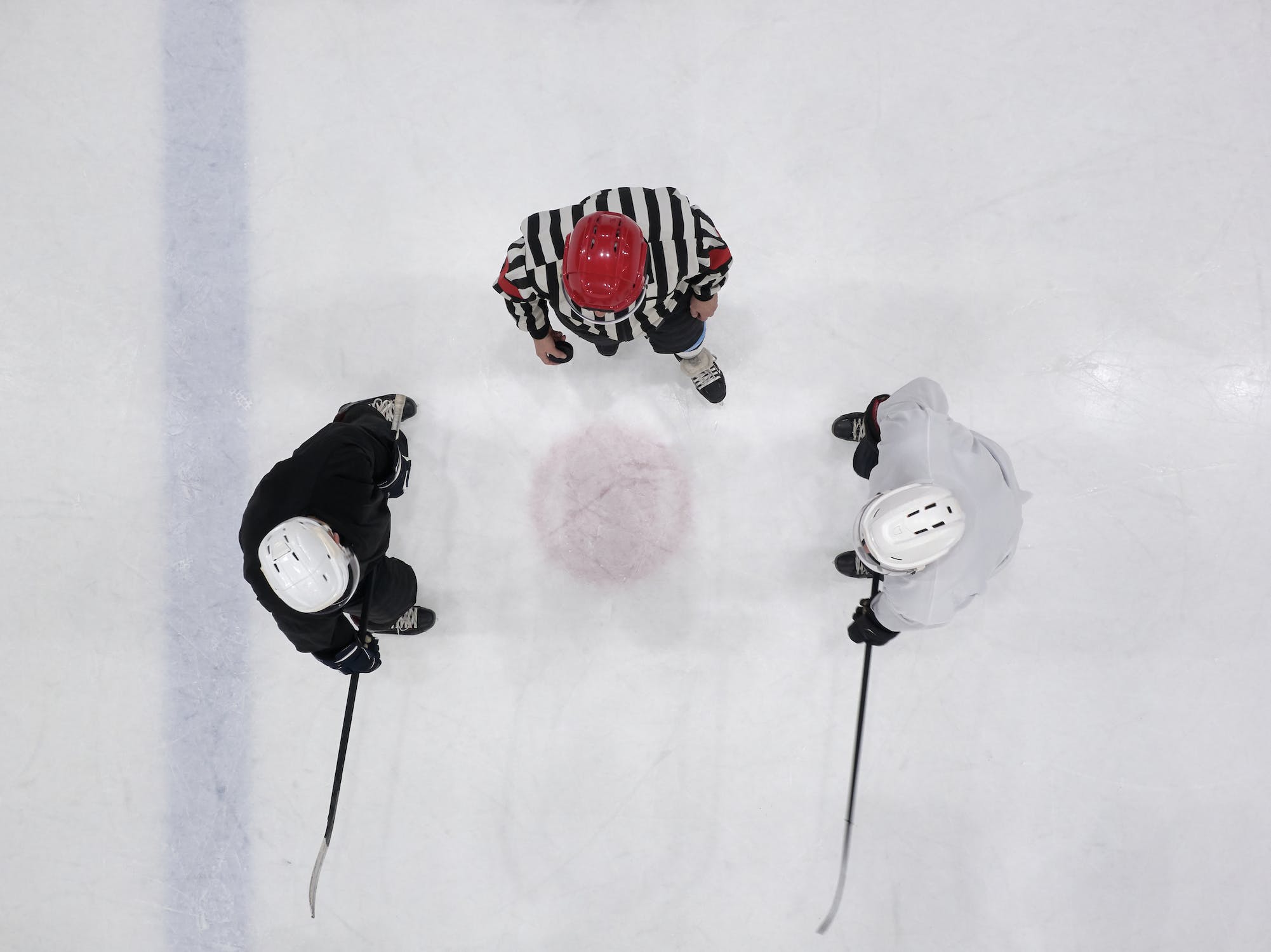
Faceoff Specialists and Practice Insights
Players like Patrice Bergeron, Jonathan Toews, and Bo Horvat aren’t just names—they’re students of the circle. Their routines include repetition, reaction drills, off-ice hand strength work, and studying specific opponents. I’ve spent entire practices working only on puck placement off the win—angle to the D, release timing, and calling plays at the dot. At this level, the faceoff is treated like a specialty role.
Coaches track faceoff percentages, sure, but the best ones watch for clean wins, recovery setups, and system follow-through. That’s what turns a decent center into a difference-maker.
And it’s not just the center. Wingers practice first-step explosion to pounce on loose pucks, and defensemen drill coverage reads and escape routes off different draw outcomes.
If you want to improve your draws, track your success in each zone, log the type of win, and review what followed. Did your team actually gain possession? That’s the stat that counts.
Faceoffs are pivotal in gaining control, particularly during power plays. Discover the tactics that make a difference in our guide on Power Play Hockey.
Future Trends and Faceoff Innovation
With VR video training, AI-based pattern analysis, and customized stick specs now common at elite levels, faceoffs are becoming even more precise. NHL teams are developing player-specific draw libraries—recording which grip, stance, and motion leads to the highest win rate against particular opponents.
We may see real-time coaching adjustments during games soon. And with international rule convergence, players will need to adapt to different stick-down protocols, drop speeds, and referee behaviors faster than ever.
What used to be instinct is now part muscle memory, part data science. But even as tech evolves, the battle at the dot still comes down to who wants the puck more—and who knows how to get it.
Faceoffs aren’t just how play restarts. They’re where control begins.
Common Faceoff Violations and How to Avoid Them
Even at high levels, faceoff violations happen more often than you’d think—and they can swing momentum in an instant. Getting tossed from the dot isn’t just frustrating; it hands control to a less-prepared teammate and often disrupts set plays.
Most Common Violations:
-
Encroachment: Wingers or defensemen stepping into the circle before the puck drops.
-
Early Movement: The center flinches or makes a stick motion before the puck hits the ice.
-
Stick Not Down: The center fails to get the blade on the ice in time.
-
Off-Balance Stance: Sloppy posture that causes a premature lean or false start.
How to Avoid Them:
-
Lock in your foot positioning early and plant with balance.
-
Read the linesman’s rhythm—some drop quick, others hesitate. Pay attention.
-
If you’re not familiar with the official, take a conservative first draw to get a read.
-
Communicate with your wingers. Remind them to hold until contact is made.
Frequently Asked Questions About Hockey Faceoffs
What is a faceoff in hockey?
A faceoff is a method of restarting play where two opposing players line up at a designated dot and attempt to win control of the puck when it’s dropped by an official.
How do you win a faceoff in hockey?
Winning a faceoff involves timing, grip, leverage, and body positioning. Pros vary techniques based on zone, opponent tendencies, and stick placement rules. Clean wins to a teammate are ideal, but controlling the next touch matters just as much.
Who puts their stick down first during a faceoff?
In the NHL, the visiting player places their stick down first. In IIHF rules, it’s the defending player regardless of home/away status.
What are common faceoff violations?
Violations include early stick movement, encroachment by teammates, improper positioning, or delays. The center is removed and replaced if called for a violation.
Are there different faceoff strategies for each zone?
Yes. Offensive zone draws often involve quick shots or cycling plays. Defensive zone wins prioritize clean exits. Neutral zone draws help reset structure or trigger rushes.
Can wingers and defensemen affect faceoff outcomes?
Absolutely. Wingers crash for loose pucks, tie up opponents, or block lanes. Defensemen support retrieval or launch breakouts based on set calls from the center.
What’s the role of the linesman in a faceoff?
Linesmen ensure players are set, enforce stick-down order, and drop the puck fairly. Top centers learn each linesman’s habits—drop speed, body lean, timing cues—and adapt.
How many types of faceoff techniques are there?
At least a dozen are used regularly. Common ones include backhand sweeps, clamp-and-kick, tie-ups, stick lifts, quick draws, and deceptive setups.
What’s the difference between clean wins and scrambles?
Clean wins go directly to a teammate, allowing fast execution of set plays. Scrambles are chaotic and harder to control, making post-draw reactions more important.
Is faceoff percentage the best stat for measuring effectiveness?
Not always. Clean win rate, zone impact, and play outcomes after the draw (like shots or exits) provide better insight into a player’s value at the dot.
| Term | Definition |
|---|---|
| Faceoff Circle | The marked circular area on the ice where faceoffs take place. |
| Center | The player responsible for taking the faceoff in the center of the circle. |
| Winger | The player positioned on the left or right side of the center during a faceoff. |
| Defensemen | The players positioned behind the wingers during a faceoff. |
| Clamp and Drop | A faceoff technique where the center quickly locks their stick onto the puck to gain control. |
| Quick Swipe | A faceoff technique where the center tries to swipe the puck away from the opponent. |
| Body Positioning | The strategic use of body placement to gain an advantage during a faceoff. |
| Faceoff Violation | A rule infraction that occurs when a player breaks faceoff rules, resulting in expulsion from the faceoff. |
From Tactic to Edge: My Take
Faceoffs in hockey are more than just puck drops — they’re calculated battles for control. As someone who’s stood over the dot hundreds of times, I’ve learned that winning a draw isn’t about brute speed. It’s about preparation, positioning, timing, and understanding what comes after the win. You don’t need to be the strongest or fastest player on the ice to dominate faceoffs — you need to be the smartest.
Whether you’re trying to improve your win rate, support your teammates better off the draw, or understand how faceoffs shape a game’s flow, the takeaway is clear: small edges make big impacts. The players who treat faceoffs as strategic moments — not just restarts — are the ones who drive possession, disrupt opponents, and influence outcomes.
References
Here is a list of references that have been used to compile this article on hockey faceoffs:
- National Hockey League. (2022). “Official Rules 2022-2023.” Retrieved from NHL Official Website.
- International Ice Hockey Federation. (2022). “IIHF Official Rule Book 2022-2026.” Retrieved from IIHF Official Website.
